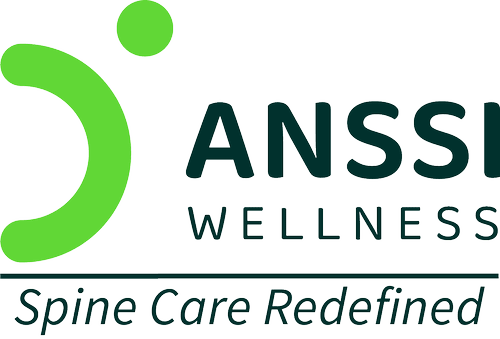Lower back pain is one of the most common health issues today, affecting millions of people worldwide. When such pain persists for weeks, you may turn to painkillers like many others.
However, while painkillers may provide temporary comfort, they come with significant risks.
Long-term use of painkillers can lead to dependency, serious side effects, and a failure to address the root cause of the pain. Instead of relying on painkillers, exploring safer, non-surgical alternatives like spinal decompression can provide lasting relief and improve your overall spine health.
The Hidden Dangers of Painkillers
Painkillers may provide quick relief, but they come with long-term risks.
Painkillers Only Mask the Pain
Painkillers do not treat the underlying cause of back pain. Instead, they simply block pain signals, making you feel better temporarily.
This can be dangerous because:
- You may continue activities that worsen the injury.
- The real problem remains untreated and can worsen over time.
- Pain relief is only temporary, requiring higher doses over time.
Using painkillers as a long-term solution allows the condition to progress unnoticed, leading to more severe complications.
Risk of Dependency and Addiction
Many painkillers, especially opioids, can lead to dependency. The body builds tolerance over time, requiring higher doses to achieve the same relief. This increases the risk of addiction, which can have devastating effects on overall health and quality of your life.
Studies show that long-term opioid use can cause:
- Physical and psychological dependence
- Withdrawal symptoms when stopping medication
- Increased risk of overdose
Even non-opioid painkillers, like NSAIDs (ibuprofen, aspirin), can lead to dependency when used regularly.
Serious Side Effects
Painkillers come with a range of side effects, some of which can be severe.
Common risks include:
- NSAIDs (Ibuprofen, Aspirin): Can cause stomach ulcers, kidney damage, and increased risk of heart disease.
- Opioids (Morphine, Oxycodone): Can cause drowsiness, nausea, dizziness, and respiratory depression.
- Muscle Relaxants: Can lead to drowsiness, confusion, and dependency with prolonged use.
Instead of relying on medications that harm the body, it’s important to explore safer alternatives that promote healing.
Safer Alternatives to Painkillers for Lower Back Pain
Fortunately, there are non-surgical, drug-free methods to relieve lower back pain effectively. These alternatives focus on treating the root cause, rather than just masking symptoms.
1. Non-Surgical Spinal Decompression Treatment
Spinal decompression is a non-surgical treatment that gently stretches the spine to relieve pressure on the spinal discs and nerves. It is a highly effective option for conditions like herniated discs, sciatica, and degenerative disc disease.
Benefits of Spinal Decompression:
- Reduces disc pressure and helps the bulging discs to retract
- Improves blood flow, promoting natural healing
- Relieves nerve compression, reducing pain and stiffness
- Drug-free, non-invasive, and safe treatment
2. Physical Therapy and Exercise
A strong, flexible spine is key to preventing and managing lower back pain. Physical therapy focuses on strengthening the muscles supporting the spine and improving flexibility.
Recommended Exercises:
- Core strengthening: Planks, bridges, and abdominal exercises support the spine.
- Stretching: Gentle yoga and lower back stretches improve flexibility.
- Low-impact activities: Swimming and walking reduce stress on the spine while keeping the muscles active.
3. Lifestyle Modifications
Daily habits play a huge role in managing back pain. Small lifestyle changes can have a big impact on your spinal health.
- Maintain Good Posture: Sitting and standing with proper alignment reduces spinal stress.
- Ergonomic Workspaces: Use supportive chairs and desks to avoid strain.
- Maintain a Healthy Weight: Excess weight adds pressure to the spine.
- Stay Active: Avoid prolonged sitting and incorporate movement throughout the day.
4. Heat and Cold Therapy
Applying heat or cold packs can provide natural pain relief.
- Cold Therapy: Reduces inflammation and numbs sharp pain.
- Heat Therapy: Relaxes muscles and improves blood circulation.
5. Chiropractic Care and Massage Therapy
- Chiropractic Adjustments: Restore spinal alignment and relieve nerve compression.
- Massage Therapy: Reduces muscle tension and promotes relaxation.
About ANSSI:
ANSSI Wellness focuses on improving the quality of life for patients suffering from spinal issues, aiming to provide relief where other conventional treatments have failed. Through advanced non-surgical spinal decompression treatment, ANSSI is committed to helping patients avoid surgery and recover in a safe, effective, and compassionate environment.
Connect with ANSSI Wellness on LinkedIn, Instagram, and Facebook for expert guidance.



